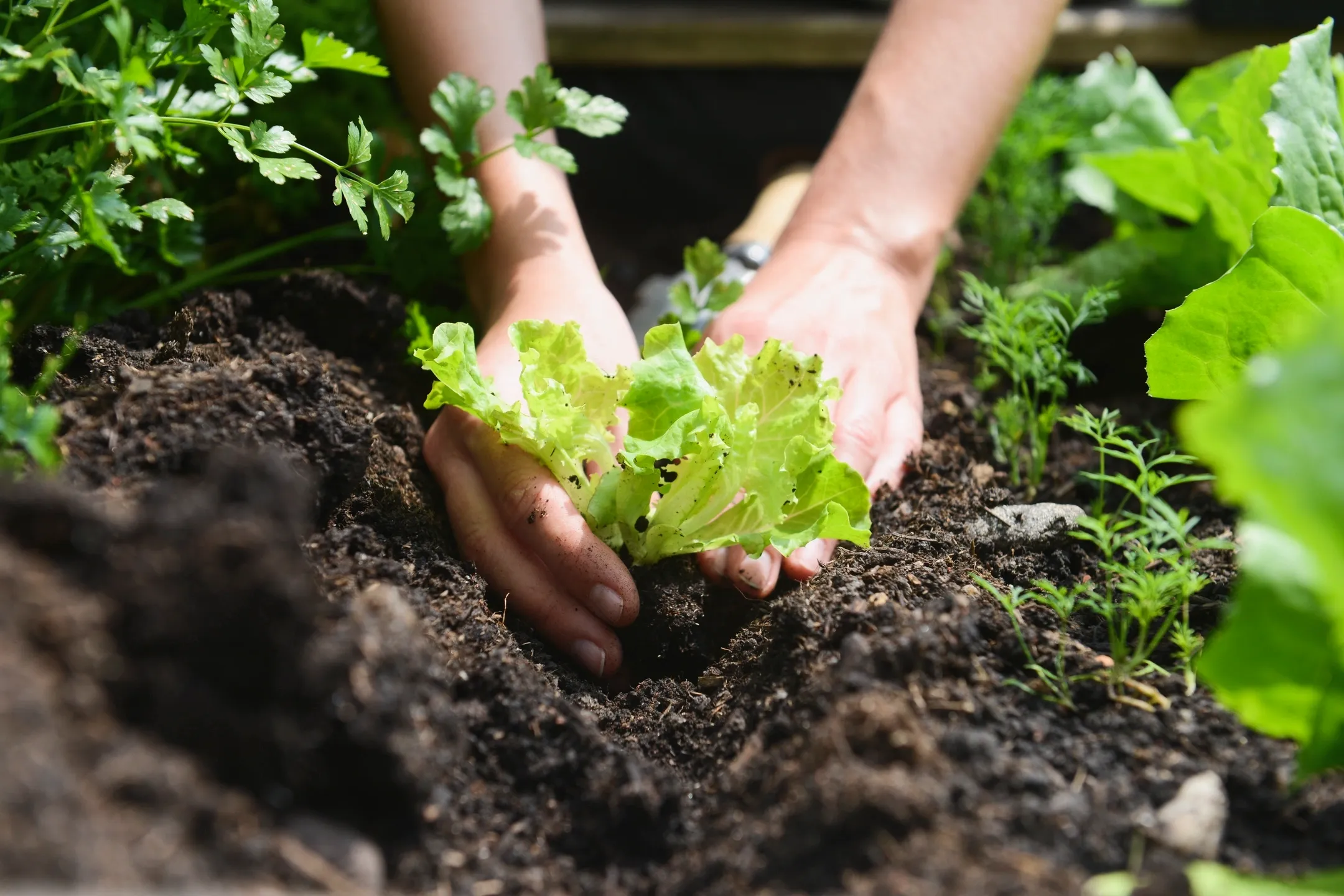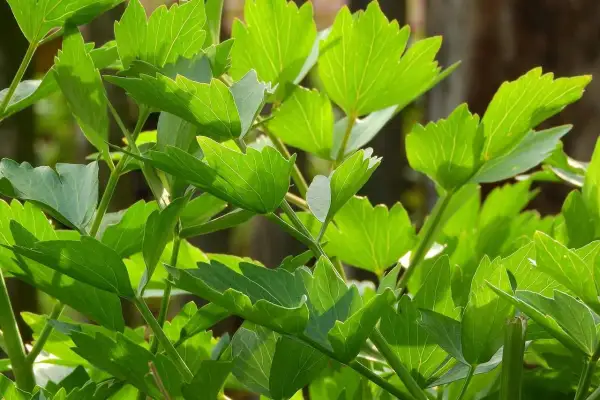Introduction to Succession Planting
Succession planting is a gardening technique where crops are sown at different intervals to ensure a continuous harvest throughout the growing season. This method maximizes space and yields in the vegetable garden, allowing for a steady supply of fresh produce. To achieve success with succession planting, it’s crucial to choose the right plants that thrive in your climate and soil conditions. In this expert guide, we’ll explore 20 plants ideal for succession planting, backed by recommendations from government agencies, horticultural bodies, and academic experts.

Lettuce (Lactuca sativa)
- Lettuce is a fast-growing crop that can be planted successively every 2-3 weeks for a continuous harvest of tender leaves.
- According to the University of California Cooperative Extension, lettuce varieties like ‘Buttercrunch’ and ‘Romaine’ are well-suited for succession planting.
Spinach (Spinacia oleracea)
- Spinach thrives in cool weather and can be planted early in the spring and again in the fall for multiple harvests.
- The Ohio State University Extension recommends varieties such as ‘Bloomsdale’ and ‘Tyee’ for succession planting.
Radishes (Raphanus sativus)
- Radishes are quick-growing root vegetables that can be planted in succession every 2-3 weeks for a continuous crop.
- The Royal Horticultural Society advises planting radish varieties like ‘Cherry Belle’ and ‘French Breakfast’ throughout the growing season.
Carrots (Daucus carota)
- Carrots can be succession planted for a steady supply of crunchy roots. Sow seeds every few weeks for successive harvests.
- The University of Minnesota Extension recommends varieties such as ‘Nantes’ and ‘Danvers’ for succession planting.
Green Beans (Phaseolus vulgaris)
- Green beans can be planted in succession to extend the harvest period. Plant bush beans or pole beans at intervals throughout the growing season.
- The University of Illinois Extension suggests varieties like ‘Provider’ and ‘Kentucky Wonder’ for successive plantings.
Peas (Pisum sativum)
- Peas are cool-season crops that can be planted early in the spring and again in late summer for a fall harvest.
- Cornell University’s gardening resources recommend varieties such as ‘Sugar Ann’ and ‘Alderman’ for succession planting.
Beets (Beta vulgaris)
- Beets can be succession planted for a continuous harvest of roots and greens. Sow seeds every few weeks for a steady supply.
- The University of California Master Gardener Program recommends varieties like ‘Detroit Dark Red’ and ‘Chioggia’ for successive plantings.
Swiss Chard (Beta vulgaris subsp. vulgaris)
- Swiss chard is a versatile green that can be harvested continuously throughout the growing season. Plant new seeds or transplants every few weeks.
- The Missouri Botanical Garden suggests Swiss chard varieties such as ‘Bright Lights’ and ‘Fordhook Giant’ for succession planting.
Arugula (Eruca sativa)
- Arugula is a fast-growing leafy green that can be planted successively for a constant supply of peppery leaves.
- The University of Maryland Extension recommends arugula varieties like ‘Astro’ and ‘Sylvetta’ for succession planting.
Kale (Brassica oleracea var. acephala)
- Kale is a cold-hardy crop that can be planted early in the spring and again in the fall for successive harvests.
- Texas A&M AgriLife Extension suggests kale varieties such as ‘Lacinato’ and ‘Red Russian’ for succession planting.
Broccoli (Brassica oleracea var. italica)
- Broccoli can be succession planted for a continuous harvest of florets. Start seeds indoors and transplant at intervals throughout the growing season.
- The University of Florida IFAS Extension recommends broccoli varieties like ‘Green Magic’ and ‘DeCicco’ for successive plantings.
Cucumbers (Cucumis sativus)
- Cucumbers can be planted successively for a prolonged harvest of crisp fruits. Sow seeds or transplant seedlings at regular intervals.
- The North Carolina State University Extension suggests cucumber varieties like ‘Marketmore’ and ‘Straight Eight’ for succession planting.
Zucchini (Cucurbita pepo)
- Zucchini plants can produce an abundance of fruits throughout the growing season. Plant seeds or transplants every few weeks for successive harvests.
- The University of Wisconsin-Madison Extension recommends zucchini varieties like ‘Black Beauty’ and ‘Golden Dawn III’ for succession planting.
Summer Squash (Cucurbita pepo)
- Summer squash, including yellow squash and pattypan squash, can be succession planted for a continuous supply of tender fruits.
- The University of Minnesota Extension suggests summer squash varieties such as ‘Golden Glory’ and ‘Sunburst’ for successive plantings.
Radicchio (Cichorium intybus var. foliosum)
- Radicchio is a chicory variety that can be planted successively for a prolonged harvest of bitter greens. Sow seeds or transplant seedlings at regular intervals.
- The University of California Master Gardener Program recommends radicchio varieties like ‘Rossa di Verona’ and ‘Chioggia’ for succession planting.
Scallions (Allium fistulosum)
- Scallions, also known as green onions, can be succession planted for a continuous harvest of mild-flavored bulbs and greens.
- The University of Illinois Extension suggests scallion varieties like ‘Evergreen White’ and ‘Warrior’ for succession planting.
Turnips (Brassica rapa subsp. rapa)
- Turnips can be succession planted for a steady supply of roots and greens. Sow seeds every few weeks for successive harvests.
- The University of Missouri Extension recommends turnip varieties like ‘Purple Top White Globe’ and ‘Tokyo Cross’ for successive plantings.
Bok Choy (Brassica rapa subsp. chinensis)
- Bok choy is a fast-growing Asian green that can be planted successively for a continuous harvest of tender leaves and crunchy stems.
- The University of Maryland Extension suggests bok choy varieties like ‘Joi Choi’ and ‘Win-Win’ for succession planting.
Mesclun Mix
- Mesclun mix is a blend of salad greens that can be succession planted for a diverse and flavorful harvest. Sow seeds regularly for a continuous supply of fresh greens.
- The University of Vermont Extension recommends mesclun mix varieties containing lettuce, arugula, spinach, and other leafy greens for succession planting.
Herbs (Various)
- Herbs such as basil, cilantro, and dill can be succession planted for a constant supply of fresh flavors in the kitchen. Sow seeds or transplant seedlings at regular intervals.
- The National Gardening Association advises planting herbs in succession to ensure a steady harvest throughout the growing season.
Conclusion: Enhancing Vegetable Garden Productivity
In conclusion, succession planting is a valuable technique for maximizing vegetable garden productivity and ensuring a continuous harvest of fresh produce. By selecting appropriate plants and timing plantings strategically, gardeners can enjoy a bountiful supply of vegetables throughout the growing season. Experiment with different varieties and adapt planting schedules to suit your climate and growing conditions, and watch your vegetable garden thrive.
What is succession planting in vegetable gardening?
Succession planting involves planting crops at staggered intervals throughout the growing season to ensure a continuous harvest rather than planting all at once.
Why is succession planting important in vegetable gardening?
Succession planting helps maximize space, extend the harvest period, and reduce waste by providing a steady supply of fresh produce over time.
Which vegetables are suitable for succession planting?
Many vegetables are suitable for succession planting, including lettuce, spinach, radishes, carrots, green beans, peas, and cucumbers, among others.
How do I plan for succession planting in my vegetable garden?
To plan for succession planting, consider the length of the growing season in your area, the maturity dates of different crops, and the specific planting and harvesting requirements of each vegetable.
What are the benefits of succession planting?
The benefits of succession planting include continuous harvests, reduced risk of crop failure due to pests or disease, and efficient use of garden space.
How often should I plant crops for succession planting?
The frequency of succession planting depends on factors such as the crop’s growth rate, your climate, and your desired harvest schedule. Generally, planting every 2-4 weeks is recommended.
Can I use succession planting for both cool-season and warm-season crops?
Yes, succession planting can be applied to both cool-season and warm-season crops, allowing for a diverse range of vegetables throughout the year.
What are some tips for successful succession planting?
Tips for successful succession planting include choosing appropriate varieties, keeping track of planting dates, maintaining soil fertility, and staying vigilant against pests and diseases.
Can I use cover crops in succession planting?
Yes, cover crops can be used in succession planting to improve soil health, suppress weeds, and provide green manure for subsequent plantings.
Are there any limitations to succession planting?
While succession planting offers many benefits, it may not be suitable for all vegetables or gardeners, especially those with limited space or time for gardening. Additionally, certain crops may require specific growing conditions or longer growing seasons, which can affect the success of succession planting.
- Explore THC Infused Drinks in New York - May 9, 2025
- The Latest in THC Seltzers Across Texas - May 9, 2025
- Top THC Infused Drinks Available in Oklahoma - May 9, 2025




